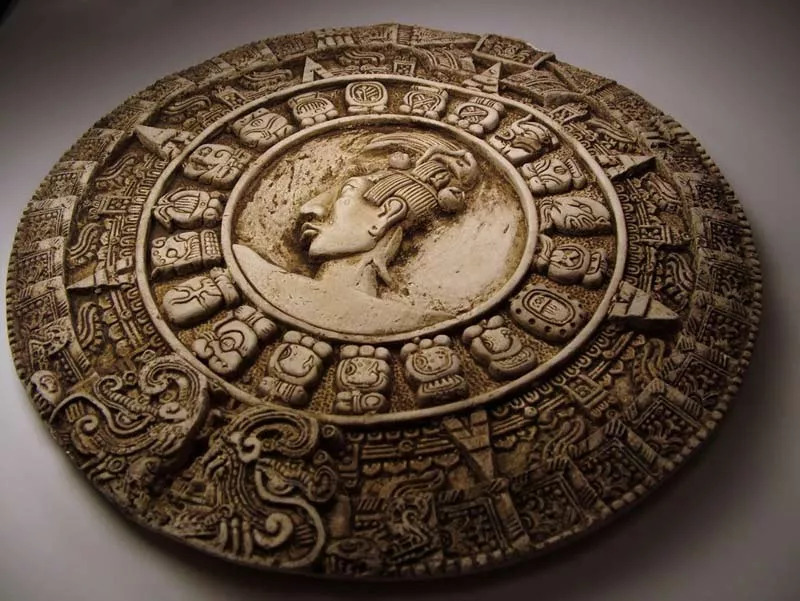A new study using laser mapping technology has revealed that the Maya calendar may be more than 3000 years old. The Maya civilization, which flourished in Mesoamerica (present-day Mexico and Central America) from 2000 B.C.E. to 1500 C.E., is known for its advanced system of writing, mathematics, and astronomy, as well as its sophisticated calendar system.

The Maya calendar, which was based on a combination of solar and lunar cycles, was used to track the passing of time and to record important events, such as ceremonies and festivals. It consisted of three main calendars: the Haab, a solar calendar with 365 days; the Tzolk’in, a sacred calendar with 260 days; and the Long Count, which recorded longer periods of time and was used to mark the end of one era and the beginning of another.
The exact age of the Maya calendar has long been a subject of debate among scholars. Some experts have argued that the calendar was developed by the Maya during the Classic Period (300-900 C.E.), while others have suggested that it may be much older, dating back to the Preclassic Period (2000 B.C.E. – 300 C.E.).
The new study, which was published in the journal Science Advances, provides evidence to support the latter theory. Using lasers to scan and map the ruins of the ancient city of Tikal in Guatemala, the researchers were able to identify inscriptions and other artifacts that date back to the Preclassic Period and suggest the existence of a sophisticated calendar system at that time.
The laser mapping technique allowed the researchers to capture detailed images of the inscriptions and artifacts, which were hidden beneath layers of dirt and vegetation. The images revealed inscriptions that referred to dates and time periods, as well as artifacts such as stone monuments and stelae (carved stone slabs) that depicted celestial events, such as the movements of the sun, moon, and planets.
The researchers argue that the inscriptions and artifacts provide strong evidence that the Maya calendar was in use during the Preclassic Period, long before the Classic Period, when the Maya civilization reached its peak. The findings of the study suggest that the Maya calendar may be more than 3000 years old, making it one of the oldest calendars in the world.
The discovery of the ancient Maya calendar has important implications for our understanding of the history and development of the Maya civilization. It suggests that the Maya were more advanced and sophisticated than previously thought, and that they had a deep understanding of astronomy and timekeeping. The study also highlights the importance of using modern technology, such as laser mapping, to uncover hidden artifacts and inscriptions that can shed light on the past.
Reference: RODRIGO PÉREZ ORTEGA@ https://rb.gy/vlpcwr











